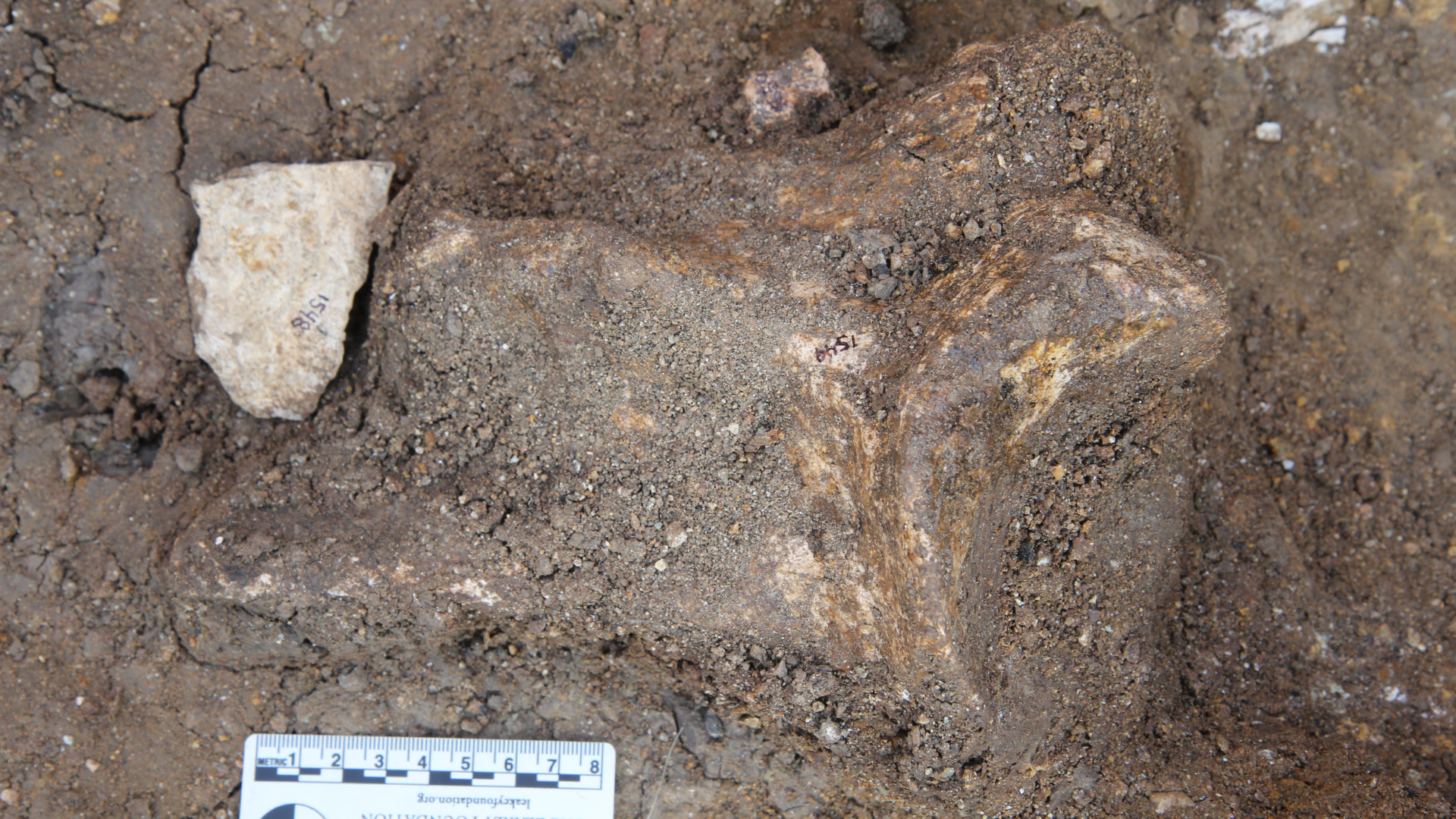Ancient human relatives moved diverse stones over substantial distances, researchers report, revealing a surprisingly high degree of forward planning 600,000 years earlier than experts previously thought possible.
In a study published Friday (Aug. 15) in the journal Science Advances, a team of researchers pored over 401 stone tools from the archaeological site of Nyayanga in Kenya, dated to 3 million to 2.6 million years ago. The tools were made in the earliest known style called Oldowan, which involved chipping flakes off one stone using another stone to make a basic tool. But the kinds of rocks used were surprising — most of them came from locations over 6 miles (9.7 kilometers) away.
Chimpanzees (Pan troglodytes) are also known to carry granite hammerstones for cracking nuts as far as 1.2 miles (2 km), but only through cumulative, shorter-distance bouts, previous research has shown. The new finding establishes that human relatives could move tools more substantial distances, suggesting a better ability to plan ahead.
“People often focus on the tools themselves, but the real innovation of the Oldowan may actually be the transport of resources from one place to another,” study co-author Rick Potts, a paleoanthropologist at the National Museum of Natural History in Washington, D.C., said in a statement. “The knowledge and intent to bring stone material to rich food sources was apparently an integral part of toolmaking behavior at the outset of the Oldowan.”
The oldest stone tools date back about 3.3 million years, nearly 1 million years before experts think our genus, Homo, originated. These tools were probably created by human ancestors like the australopithecine Lucy. But these early tools were made out of materials sourced locally or from a short distance — roughly 1.7 miles (3 kilometers) away at the most.
Around 2 million years ago, human ancestors such as Homo erectus went through some big changes: There were increases to their brain size and body size, some migrated out of Africa, and some began cooking and eating meat. There is also evidence that these early ancestors began to plan ahead, becoming more selective about the rocks they chose to make into tools, and procuring them from significant distances.
But the stone tools from Nyayanga are 600,000 years older than the earliest evidence that human relatives were selecting and transporting rocks long-distance, and also likely predates the emergence of the Homo genus. This means that these groups were figuring out what they needed to process food and how to mentally map their environment, according to Potts.
Related: 1.5 million-year-old stone tools from mystery human relative discovered in Indonesia — they reached the region before our species even existed
It is not clear, however, which species made the tools discovered at Nyayanga.
“Unless you find a hominin fossil actually holding a tool, you won’t be able to say definitively which species are making which stone tool assemblages,” study co-author Emma Finestone, a biological anthropologist at the Cleveland Museum of Natural History, said in the statement.
In this case, the tools were found alongside some fossils attributed to the genus Paranthropus, which “calls into question whether the transport of core and flake technology was exclusive to genus Homo,” the researchers wrote in the study.
Regardless of which species of human relative produced the tools, the fact that they transported them long distances suggests they were far more intelligent than they have been given credit for.
“Humans have always relied on tools to solve adaptive challenges,” Finestone said in the statement. “By understanding how this relationship began, we can better see our connection to it today — especially as we face new challenges in a world shaped by technology.”
